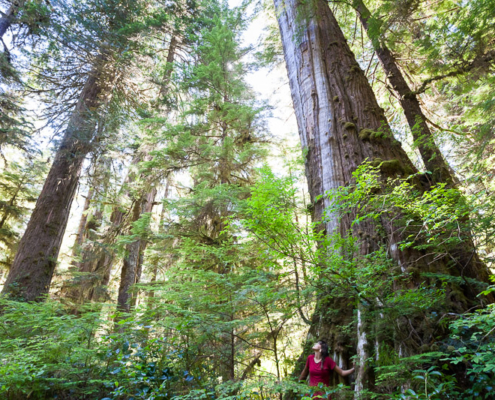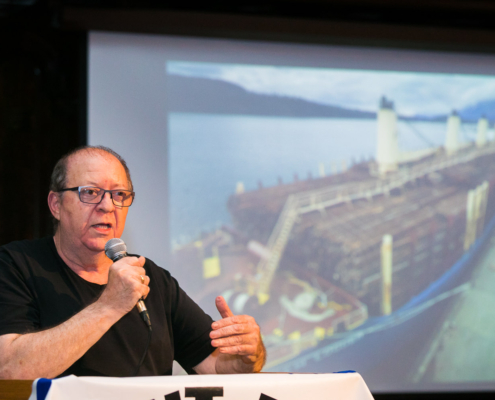
Opinion: Status quo a non-starter in B.C.’s forest industry
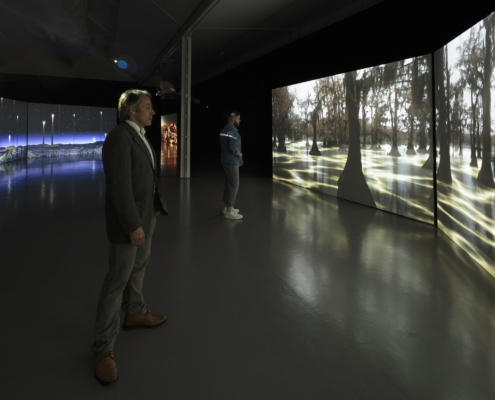
Capturing the art of nature and change
Vancouver Island’s old-growth forests have inspired acclaimed digital artist Kelly Richardson to move to Victoria, to be closer to the inspiration the ancient stands of trees provide.
In particular, she has had her eye on Port Renfrew — dubbed the “tall-tree capital” of Canada — and is featuring it in a digital-art creation that will be shown at Imax theatres as part of a film series. The series will celebrate the 50th anniversary of Imax’s invention.
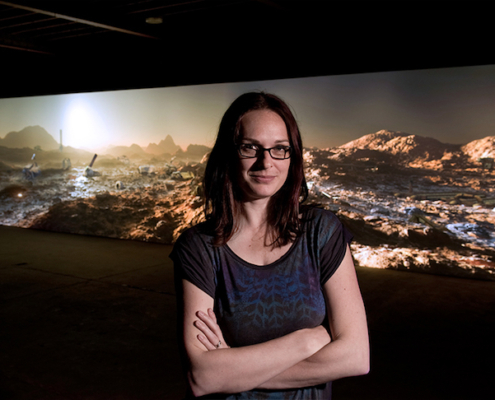
Tall trees draw renowned artist to Saanich
Check out this Saanich News article about artist and UVic visual arts associate professor, Kelly Richardson. Known for hyper-real digital films, Richardson is one of five artists commissioned to produce a large-format digital film short for the 50th anniversary of the invention of IMAX. Her work will feature and bring attention to the plight of Vancouver Island's endangered old-growth forests.
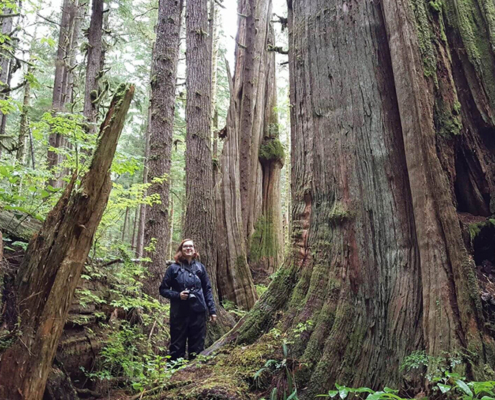
New Visual Arts Professor Creates Avatar Grove Film Project
Internationally acclaimed artist Kelly Richardson, a new professor in UVic’s Department of Visual Arts, is bringing the old-growth forests near Port Renfrew sharply into focus with a new digital art project.
Created with the participation of the Ancient Forest Alliance (AFA), Richardson's large-format film will be shot in July at Port Renfrew’s Avatar Grove (a popular nickname for its Nuu-cha-nulth Pacheedaht name of T'l'oqwxwat) by Christian Kroitor, the grandson of IMAX inventor Roman Kroitor, and released on IMAX screens across Canada next year.

Port Renfrew’s Avatar Grove featured in national IMAX series

WATCH: Victoria artist to showcase Port Renfrew old growth forests in IMAX project
WATCH: Vancouver Island’s endangered old-growth forests in Port Renfrew have captured the attention of an internationally acclaimed artist. The giant ancient trees will be featured in an upcoming digital art installation that will be projected on IMAX screens across the country.
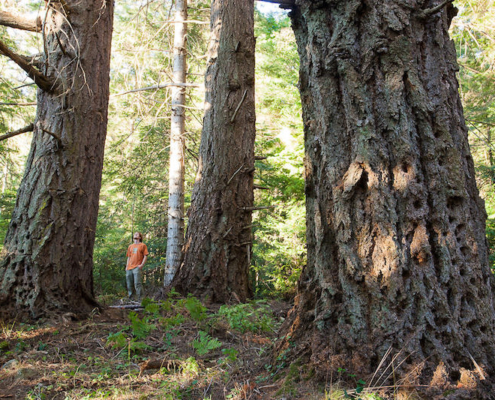
ACTION ALERT: Support Expanded Protection of the Endangered Coastal Douglas-Fir ecosystem in British Columbia!
The BC government is seeking YOUR INPUT on their proposal to increase the amount of Coastal Douglas-Fir ecosystem protected on public (Crown) lands on Vancouver Island’s southeast coast and in the southern Gulf Islands.
The Coastal Douglas-Fir (CDF) ecosystem is home to the highest number of species at risk in BC and, with less than four percent of the region’s ecosystems currently protected by the province, the proposed protection measures are greatly needed. But by themselves, they're not sufficient to halt the loss of biodiversity from the region.
Please take just a couple minutes to WRITE to the BC government, telling them you support their proposal to expand protections in the endangered Coastal Douglas-Fir ecosystem on Vancouver Island and in the Gulf Islands!
Internationally-acclaimed artist Kelly Richardson moves to Victoria, turns attention to “Tall Trees Capital” of Canada – Port Renfrew
Vancouver Island’s famed old-growth forests near Port Renfrew - known as Canada’s “Tall Trees Capital” - have attracted the attention of internationally acclaimed artist Kelly Richardson, who will feature these ancient forests in an upcoming digital art installation to be projected on IMAX screens across the country as part of an upcoming large-format film series.

Thank You to All Supporters of the Ancient Forest Alliance!
The Ancient Forest Alliance (AFA) was thrilled to grow our support base in 2017 to include a diversity of local businesses, artists, and organizations. The support and generosity of these businesses and individuals has been fundamental in our work to protect BC's endangered old-growth forests and ensure a sustainable second-growth forest industry. We would like to send a special thank you to everyone who supported our work this past year!
